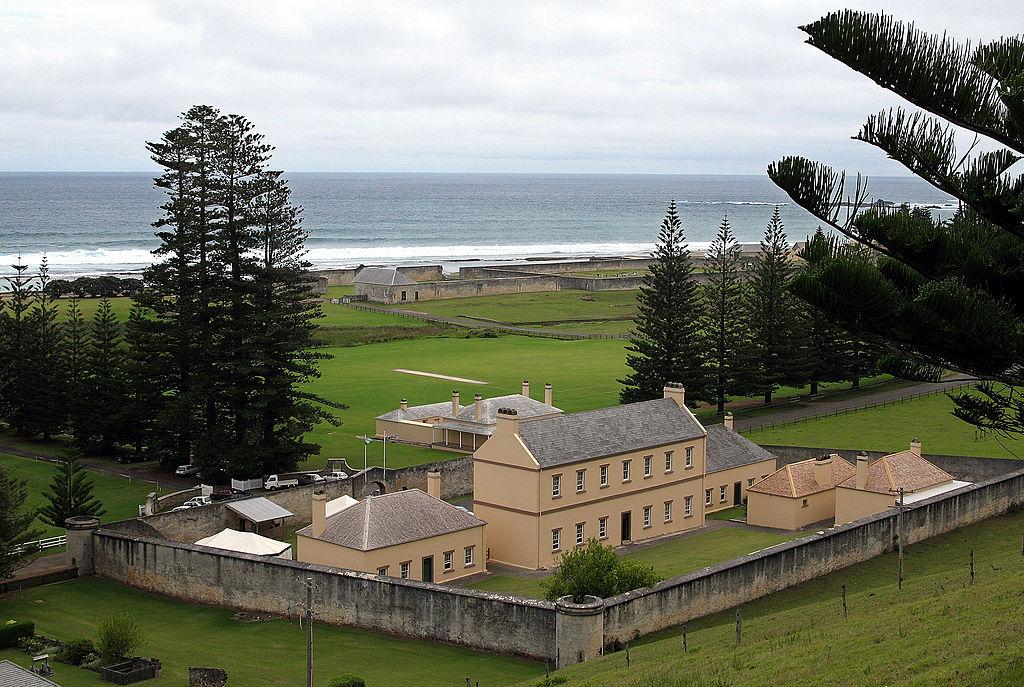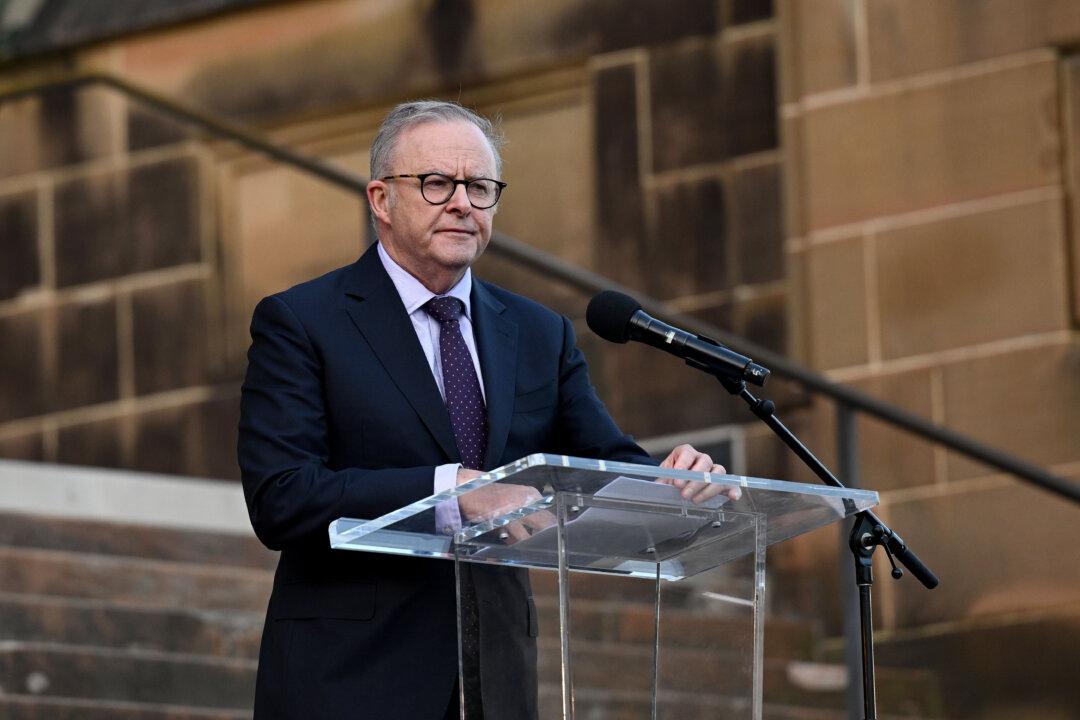The Australian Museum will conduct a comprehensive environmental survey of Norfolk Island, 1700 km northeast of Sydney, over the next two years.
Working with the local community, Parks Australia, the Australian Institute of Botanical Science and the Auckland War Memorial Museum, the Australian Museum (AM) aims to learn more about the flora and fauna on Norfolk Island and to increase understanding of pre-European habitation of the Island through an archaeological dig.




